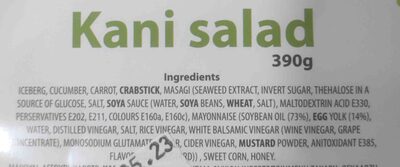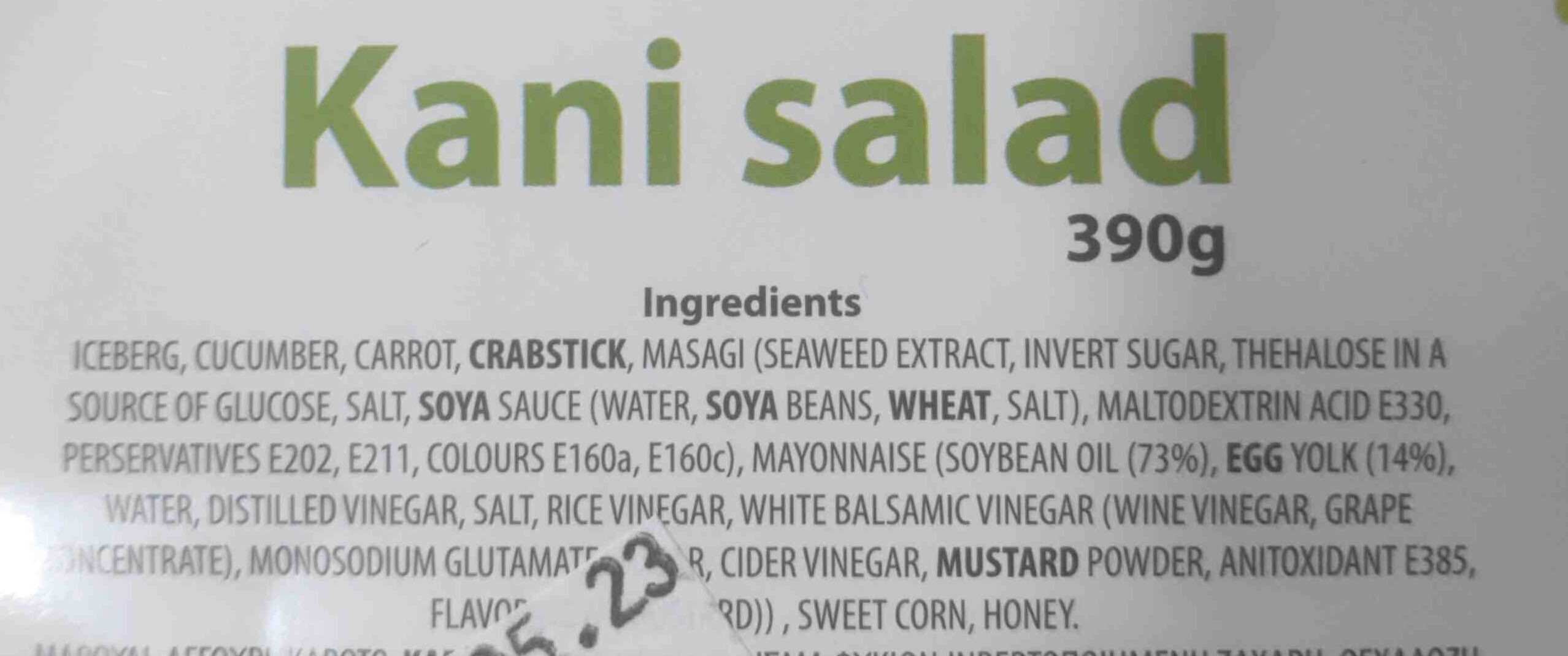Japan Kani Salad - C.A CHINA SPICE (ASIA)
Bu ürün sayfası tamamlanmadı. Düzenleyerek ve elimizdeki fotoğraflardan daha fazla veri ekleyerek, ya da Android veya iPhone/iPad uygulamalarını kullanarak daha fazla fotoğraf çekerek tamamlanmasına yardım edebilirsiniz. Teşekkürler!
×
Barkod: 5298001170180 (EAN / EAN-13)
Markalar: C.A CHINA SPICE (ASIA)
Kategoriler: Hazır yemek, en:Prepared salads
Satılan ülkeler: Kıbrıs Cumhuriyeti
Tercihlerinizle eşleştirme
Çevre
Ambalaj
Taşıma
Report a problem
Veri kaynakları
Üzerinde ürün eklendi tarafından waistline-app
Ürün sayfasının son düzenlemesi tarafından guezguez-majed.
Ürün sayfasını da düzenleyen roboto-app.
Veriler eksik veya yanlışsa, bu sayfayı düzenleyerek tamamlayabilir veya düzeltebilirsiniz.








